Hundreds of thousands ordered to flee coast ahead of Laura
Wed 26 Aug 2020, 11:46:20
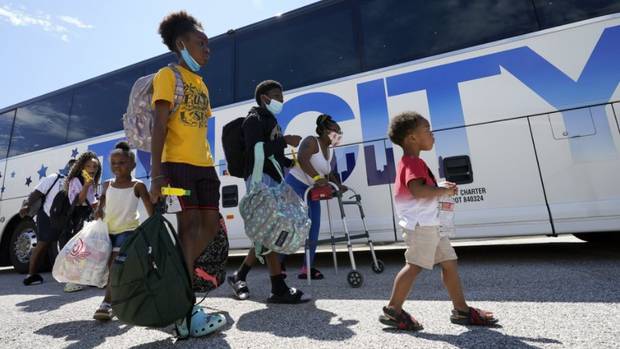
In the largest United States evacuation of the pandemic, more than half a million people were ordered to flee the Gulf Coast today as Laura strengthened into a hurricane.
Forecasters said it could slam Texas and Louisiana with ferocious winds, heavy flooding and the power to push seawater miles inland.
More than 385,000 residents were told to flee the Texas cities of Beaumont, Galveston and Port Arthur.
Another 200,000 were ordered to leave low-lying Calcasieu Parish in southwestern Louisiana, where forecasters said as much as 4m of storm surge topped by waves could submerge whole communities.
The US National Hurricane Centre projected that Laura would draw energy from warm gulf waters and become a Category three hurricane before making landfall tomorrow or Friday, with winds of around 185 km/h.
Laura passed Cuba after killing nearly two dozen people on the island of Hispaniola, including 20 in Haiti and three in the Dominican Republic, where it knocked out power and caused intense flooding. The deaths reportedly included a 10-year-old girl whose home was hit by a tree and a mother and young son crushed by a collapsing wall.
"The waters are warm enough everywhere there to support a major hurricane, Category three or even higher. The waters are very warm where the storm is now and will be for the entire path up until the Gulf Coast," National Hurricane Centre Deputy Director Ed Rappaport said.
Ocean water was expected to push onto land along more than 725km of coast from Texas to
Mississippi. Hurricane warnings were issued from San Luis Pass, Texas, to Intracoastal City, Louisiana, and storm surge warnings from the Port Arthur, Texas, flood protection system to the mouth of the Mississippi River.
Mississippi. Hurricane warnings were issued from San Luis Pass, Texas, to Intracoastal City, Louisiana, and storm surge warnings from the Port Arthur, Texas, flood protection system to the mouth of the Mississippi River.
The evacuations could get even bigger if the storm's track veers to the east or west, said Craig Fugate, the former head of the Federal Emergency Management Agency.
Officials urged people to stay with relatives or in hotel rooms to avoid spreading the virus that causes Covid-19. Buses were stocked with protective equipment and disinfectant, and they would carry fewer passengers to keep people apart, Texas officials said.
Whitney Frazier, 29, of Beaumont spent today trying to get transportation to a high school where she could board a bus to leave the area.
"Especially with everything with Covid-19 going on already on top of a mandatory evacuation, it's very stressful," Frazier said.
The storm also imperiled a centre of the US energy industry. Oil refineries and liquefied natural gas plants that dot the region could shut down along the coast, and the government said workers were removed from more than 40 per cent of the 643 platforms that are normally staffed in the gulf.
Laura was 845km southeast of Lake Charles, Louisiana, travelling northwest at 26 km/h. Its peak winds were 120 km/h.
As much as 38cm of rain could fall in some parts of Louisiana, said Donald Jones, a National Weather Service meteorologist in Lake Charles, Louisiana — near the bullseye of Laura's projected path.
No Comments For This Post, Be first to write a Comment.
Most viewed from International
Most viewed from World
AIMIM News
Latest Urdu News
Most Viewed
May 26, 2020
Do you think Canada-India relations will improve under New PM Mark Carney?
Latest Videos View All
Like Us
Home
About Us
Advertise With Us
All Polls
Epaper Archives
Privacy Policy
Contact Us
Download Etemaad App
© 2025 Etemaad Daily News, All Rights Reserved.



.jpg)




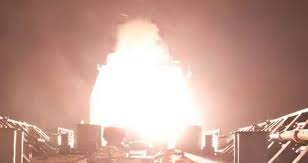

.jpg)
.jpg)



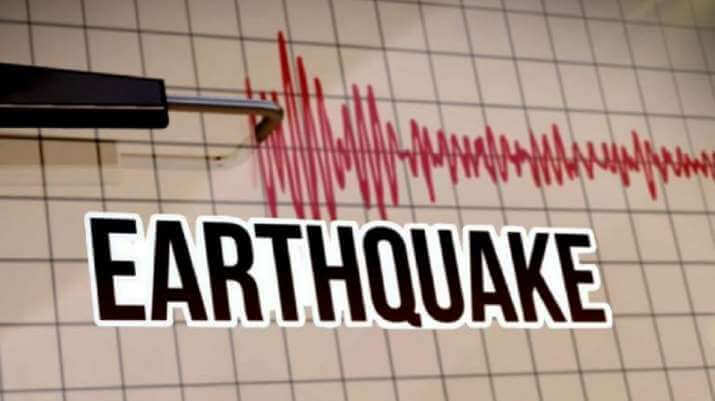


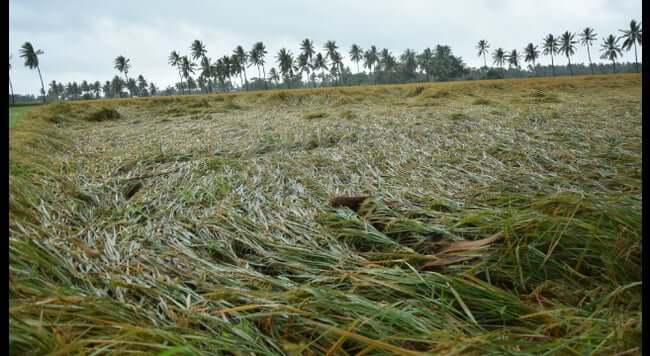
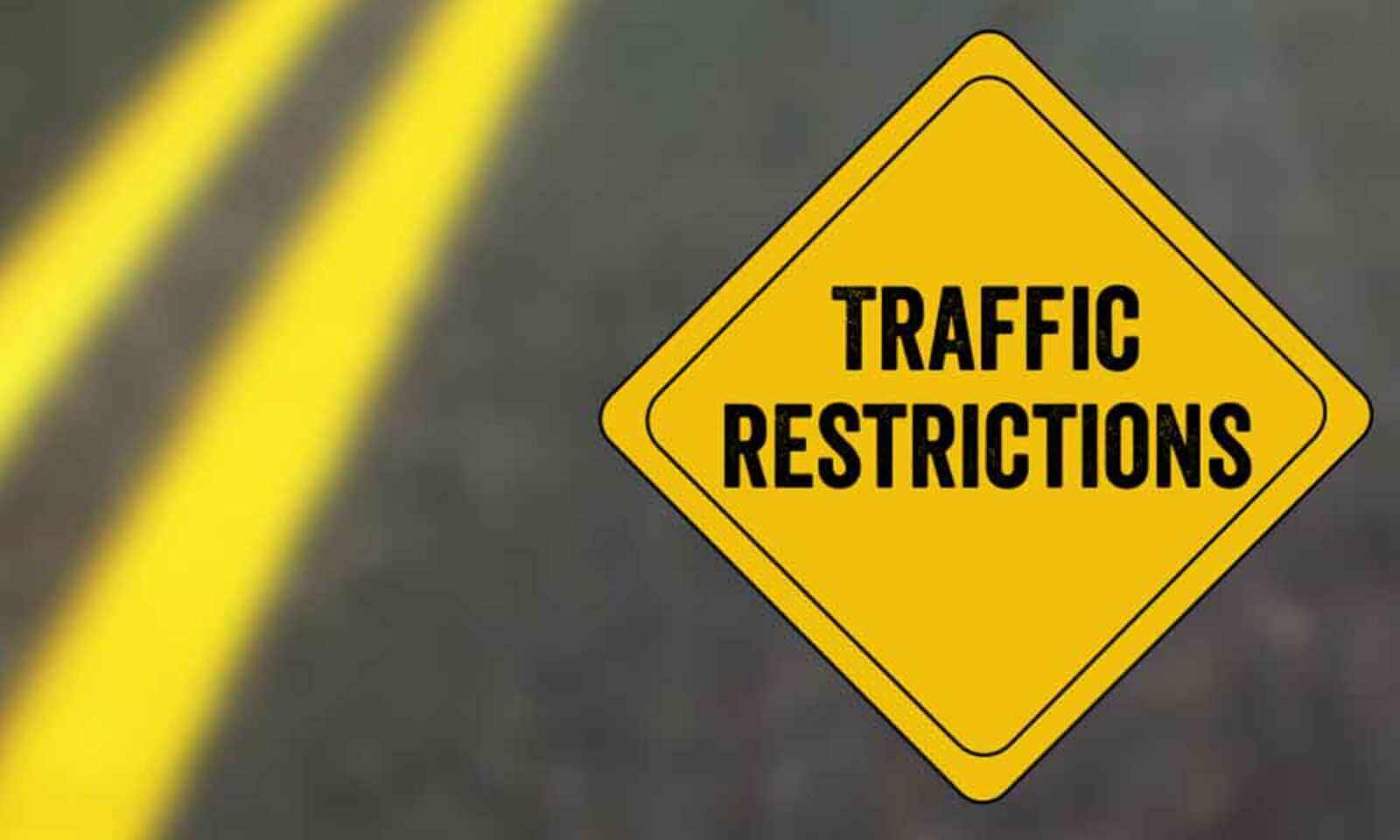
.jpg)
.jpg)
.jpg)
.jpg)
.jpg)

















